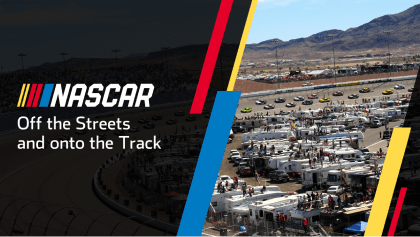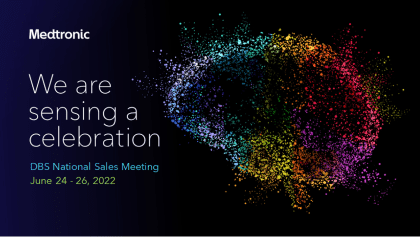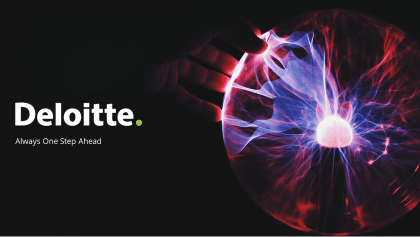After Effects, animation, and motion graphics are all interconnected, yet they perform distinct roles in the realm of video production and graphic design.
After Effects
After Effects is an Adobe software application that’s often used for creating motion graphics and visual effects. It’s a versatile tool that allows designers to animate, alter, and composite media in 2D and 3D spaces. For instance, you can use After Effects for tasks like keying, tracking, compositing, and animation. It also functions as a very basic non-linear editor, audio editor, and media transcoder.
Animation
Animation is a broader term referring to the process of making the illusion of motion and change by rapidly displaying static images that minimally differ from each other. This can be done with traditional hand-drawn methods, or with computer software like After Effects. Animation is a component of both motion graphics and visual effects. It includes a range of styles and techniques, including 2D animation, 3D animation, stop-motion, and more.
Motion Graphics
Motion graphics is a subcategory of animation. It primarily involves animating graphic design elements in a way that conveys information or tells a story. This can include everything from animating logos for branding purposes, to creating complex narratives using only shapes and movement. Motion graphics often involve text as a major component, and are commonly used in the marketing and advertising industry. After Effects is a popular tool used to create these types of animations.
In summary, while After Effects is a tool used to create visual effects and motion graphics, animation is the general method of creating the illusion of movement, and motion graphics is a type of animation that uses graphic design elements to convey information or tell a story.
View Our Presentation Portfolio










